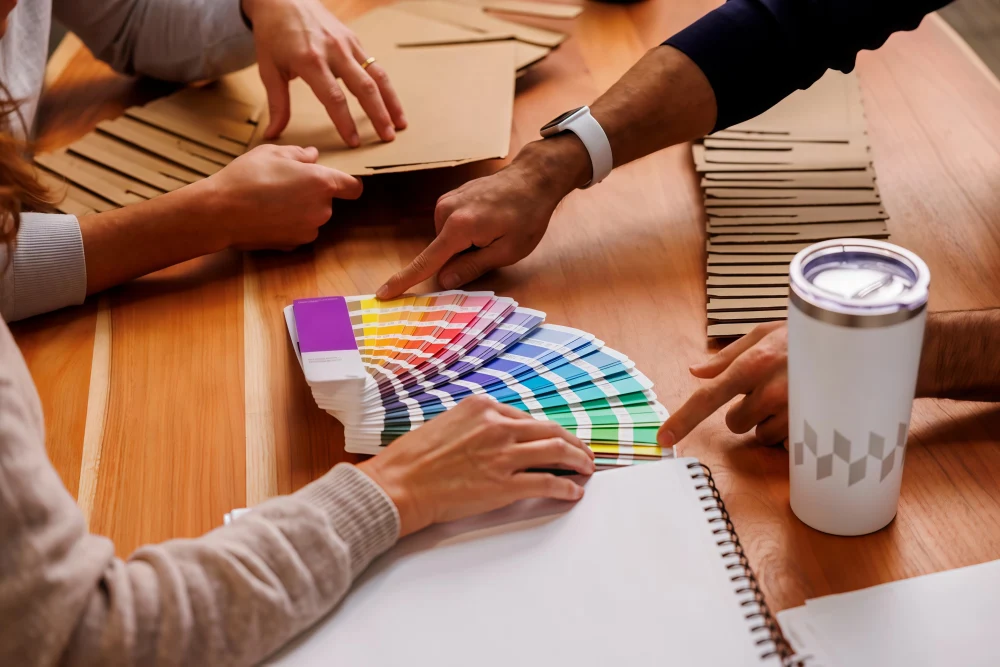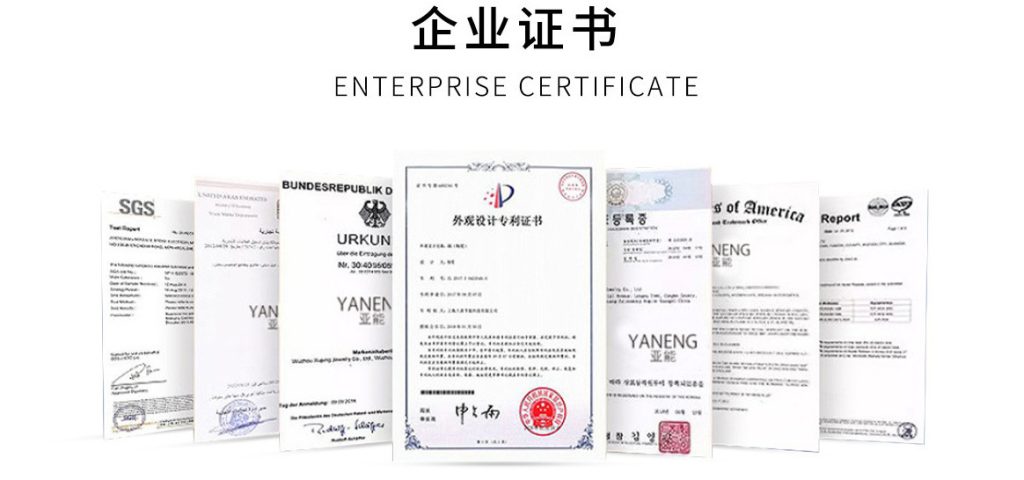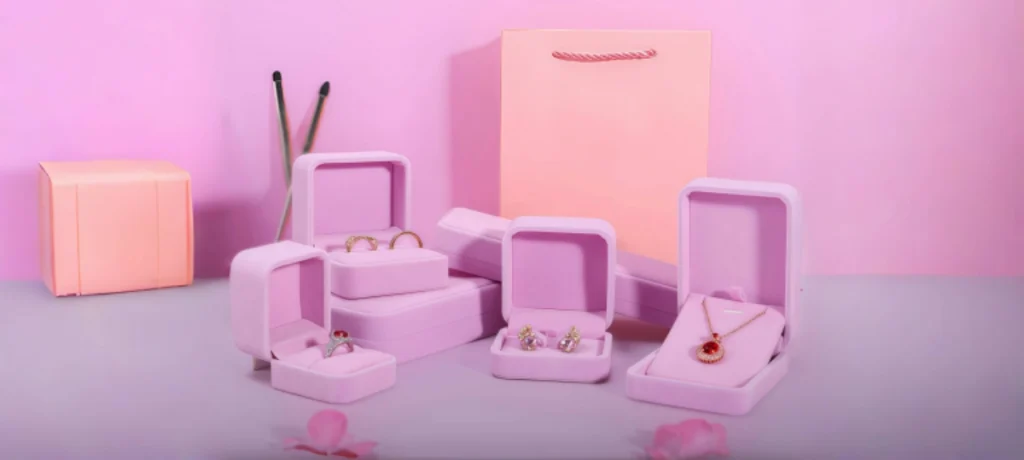Wholesale Packaging: A Guide to the B2B Packaging Industry 2025
The B2B packaging industry is evolving rapidly in 2025, shaped by trends in e-commerce, sustainability, and customer experience. As businesses try to deliver better products quickly and efficiently.
This guide will help you understand the latest in product packaging. You will explore different types of packaging.
You will learn how to reduce shipping costs. You will also find cost–effective and eco-friendly packaging solutions. These solutions will benefit both your business and the planet.
1. What Is Wholesale Packaging?
Wholesale packaging involves buying large quantities of packaging materials from packaging suppliers at bulk prices. Especially useful for businesses that regularly ship products, from manufacturers and distributors to online retailers.
Benefits:
- Lower packaging costs
- Greater inventory control
- Better branding with consistent custom packaging
- Faster fulfillment through pre-prepared packaging solutions
No matter if you sell electronics, fashion, food, or machinery, using wholesale packaging can help your logistics. It can also make the customer experience better.
2. Product Packaging: The First Impression
Product packaging is more than just a container—it’s a communication tool. In B2B as well as B2C, your packaging tells customers what to expect. A well-thought-out product packaging design conveys professionalism, builds trust, and protects your item during delivery.
Good Product Packaging Should:
- Protect the product from damage
- Reflect your brand identity
- Opening and disposing of it is easy.
- Be made from eco friendly packaging materials where possible
More companies are turning to custom designs that make their product packaging not only functional but also memorable.

3. Different Types of Packaging in B2B
Many types of packaging are available to suit different products and industries:
- Corrugated Boxes: Durable and recyclable, used for most shipping needs.
- Bubble Wrap: Essential for delicate items like electronics or glass.
- Poly Mailers: Lightweight and moisture-resistant, ideal for clothing and textiles.
- Foam Inserts & Padded Liners: Provide extra shock absorption.
- Crates & Pallets: Used for bulk shipments or heavy industrial equipment.
Using the correct box sizes and materials helps minimize waste and lowers shipping costs.
4. Sustainable Packaging Is Here to Stay
Consumers and corporate clients alike expect businesses to adopt more sustainable packaging practices. In 2025, eco friendly packaging is no longer optional—it’s a competitive advantage.
Eco-Friendly Materials Include:
- Recycled cardboard
- Biodegradable plastic alternatives
- Paper-based bubble wrap
- Compostable mailers
Switching to eco friendly packaging can also help you reduce shipping weight and reduce your carbon footprint, a win-win for cost and conscience.

5. Reduce Shipping Costs with Smart Design
Shipping is one of the largest expenses for businesses that deal in physical goods. Thankfully, a smart packaging design strategy can significantly cut costs.
How to Reduce Shipping Costs:
- Optimize box sizes to reduce dimensional weight charges
- Use lighter packaging materials
- Consolidate multiple items into one package
- Eliminate unnecessary internal fillers
Work with packaging suppliers who understand how to balance protection, presentation, and weight for ideal packaging solutions.
6. Custom Packaging for Branding and Functionality
Custom packaging lets businesses control the unboxing experience while ensuring their products are secure. This is just as important in B2B as in B2C.
What Custom Designs Can Include:
- Logo printing and brand colors
- Tailored shapes for specific products
- QR codes or tracking labels
- Reusable or returnable product packaging for sustainability
When done well, custom packaging builds brand loyalty and helps ensure your packaging stands out, especially in competitive markets.

7. The Complete Packaging Process
Developing effective product packaging follows a clear packaging process:
- Product Evaluation – Know the size, shape, and fragility of the item.
- Material Selection – Pick the right combination of strength, sustainability, and weight.
- Design and Testing – Create a custom packaging prototype and test it under real-world conditions.
- Supplier Coordination – Order in bulk from reputable packaging suppliers.
- Fulfillment and Shipping – Integrate the packaging with your logistics operation.
This process ensures your product packaging is ready for the demands of modern shipping while keeping costs in check.
8. Choosing the Right Packaging Suppliers
Your choice of packaging suppliers can make or break your fulfillment process.
What to Look For in a Supplier:
- Range of packaging options and types of packaging
- Sustainable offerings and certifications
- Speed and reliability in delivery
- Competitive wholesale pricing
- Ability to handle custom packaging needs
Good suppliers will also offer support with packaging design, material selection, and order management.

9. Cost Effective Doesn’t Mean Low Quality
Remembering that cost effective doesn’t mean “cheap” is important. Cutting corners on product packaging can lead to damage, increased returns, and unhappy customers.
Tips for Cost Effective Packaging:
- Buy in bulk for volume discounts
- Use right-sized box sizes to avoid empty space
- Automate or semi-automate packing where possible
- Use durable, lightweight materials to balance protection and weight
Strategically balancing cost and quality ensures your packaging does its job without hurting your bottom line.
10. B2B Packaging Trends to Watch in 2025
Here’s what’s shaping the B2B packaging industry this year:
- AI-Driven Packaging Design: Save time and reduce material usage.
- Smart Labels: Integrated tracking and inventory systems.
- Modular Packaging Systems: For multiple SKUs or kits.
- Advanced Bubble Wrap Alternatives: Made from recycled or biodegradable materials.
- Sustainability Certifications: More companies demand verifiable eco standards in product packaging.
Staying informed on these trends helps your business remain future-ready and competitive.

Conclusion: Packaging as a Strategic Asset
In 2025, wholesale packaging is a strategic tool. Protecting your product, promoting your brand, saving on costs, and doing your part for the planet are important. No matter if you ship hundreds of units every day or are just starting to grow, good packaging is important.
From designing product packaging to choosing eco-friendly options, every choice affects your business’s reputation and efficiency.
Remember: Your packaging is the first thing your customer sees and touches. Make it count.
Ready to Elevate Your Packaging Strategy?
To lower shipping costs, find custom packaging, or switch to sustainable options, we can help.
Contact our packaging experts today. Find cost-effective, eco-friendly, and scalable options made for your business.
Contact us now for a free packaging consultation and quote.
